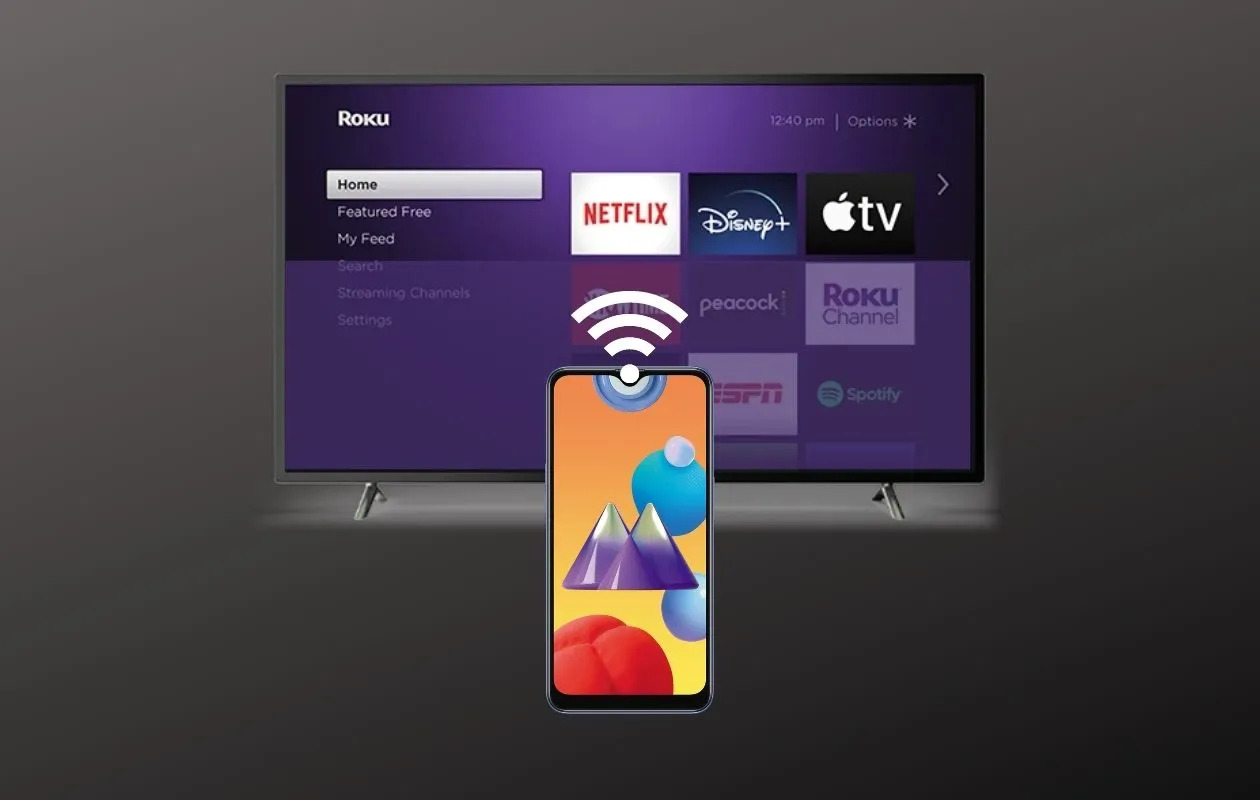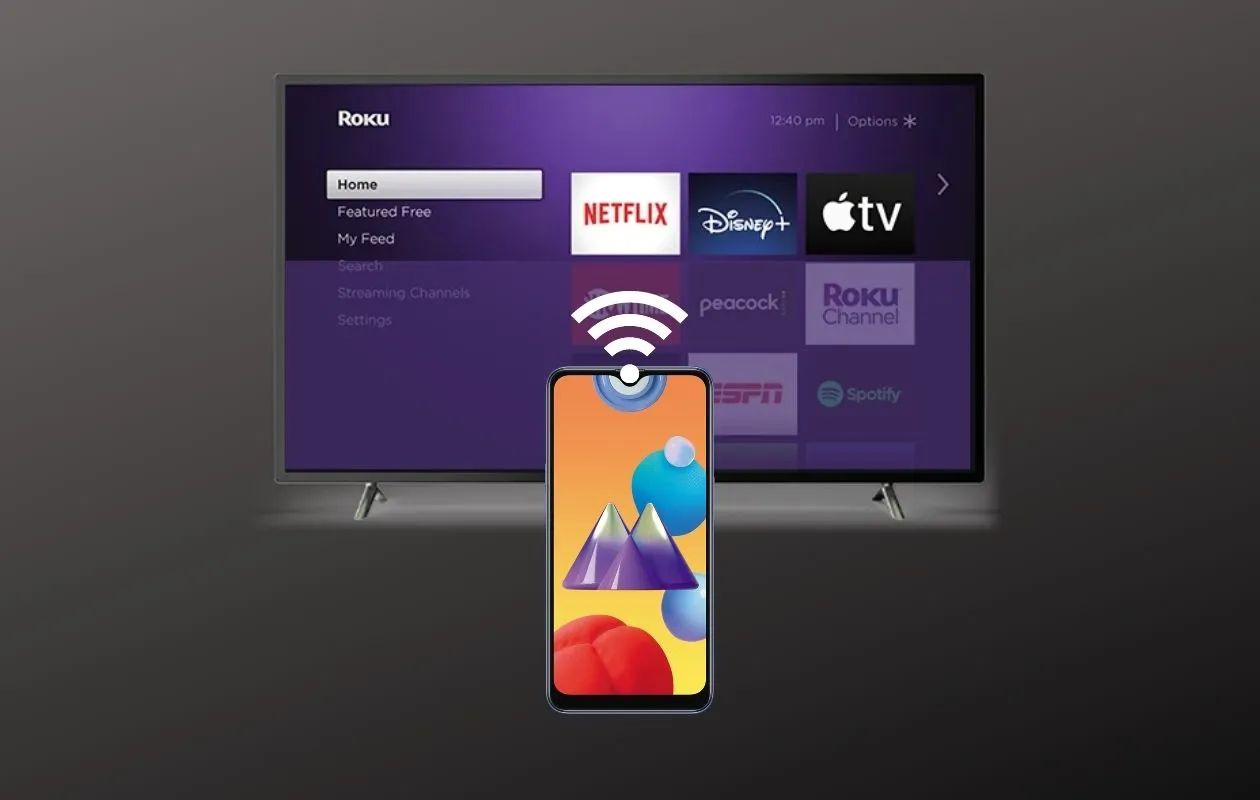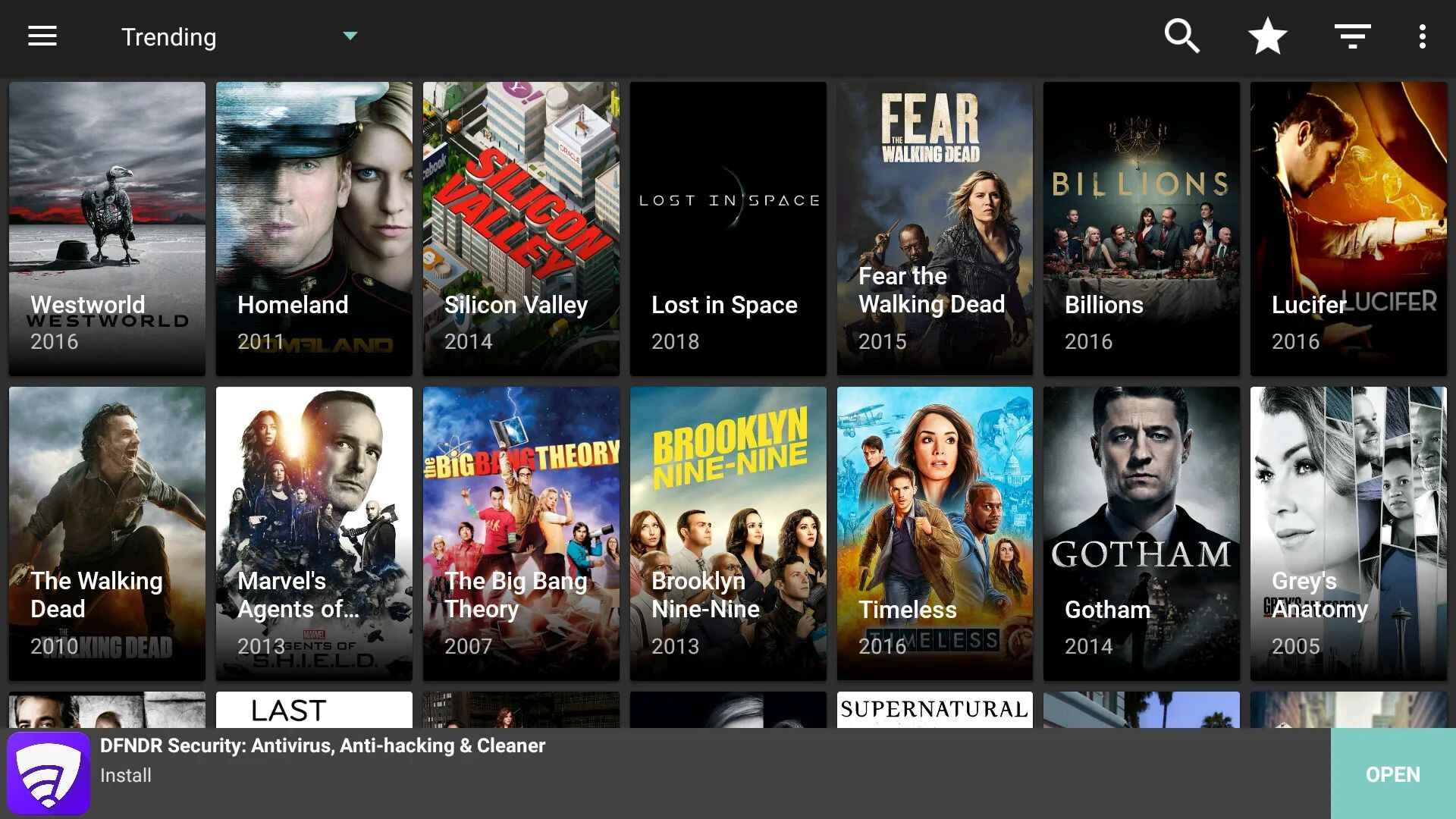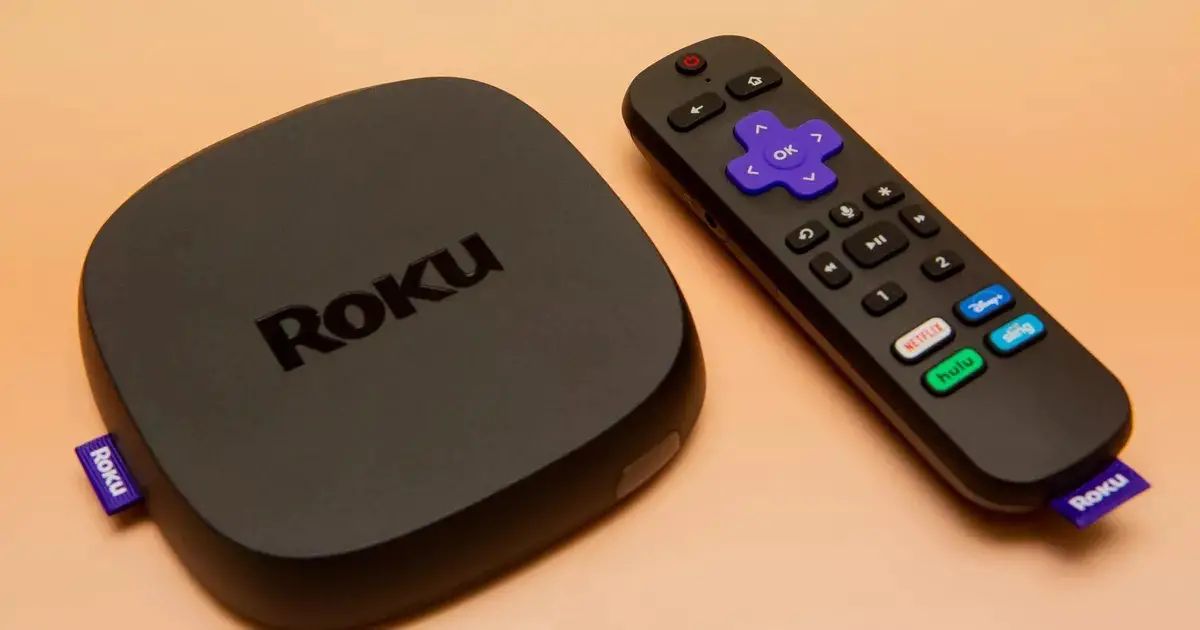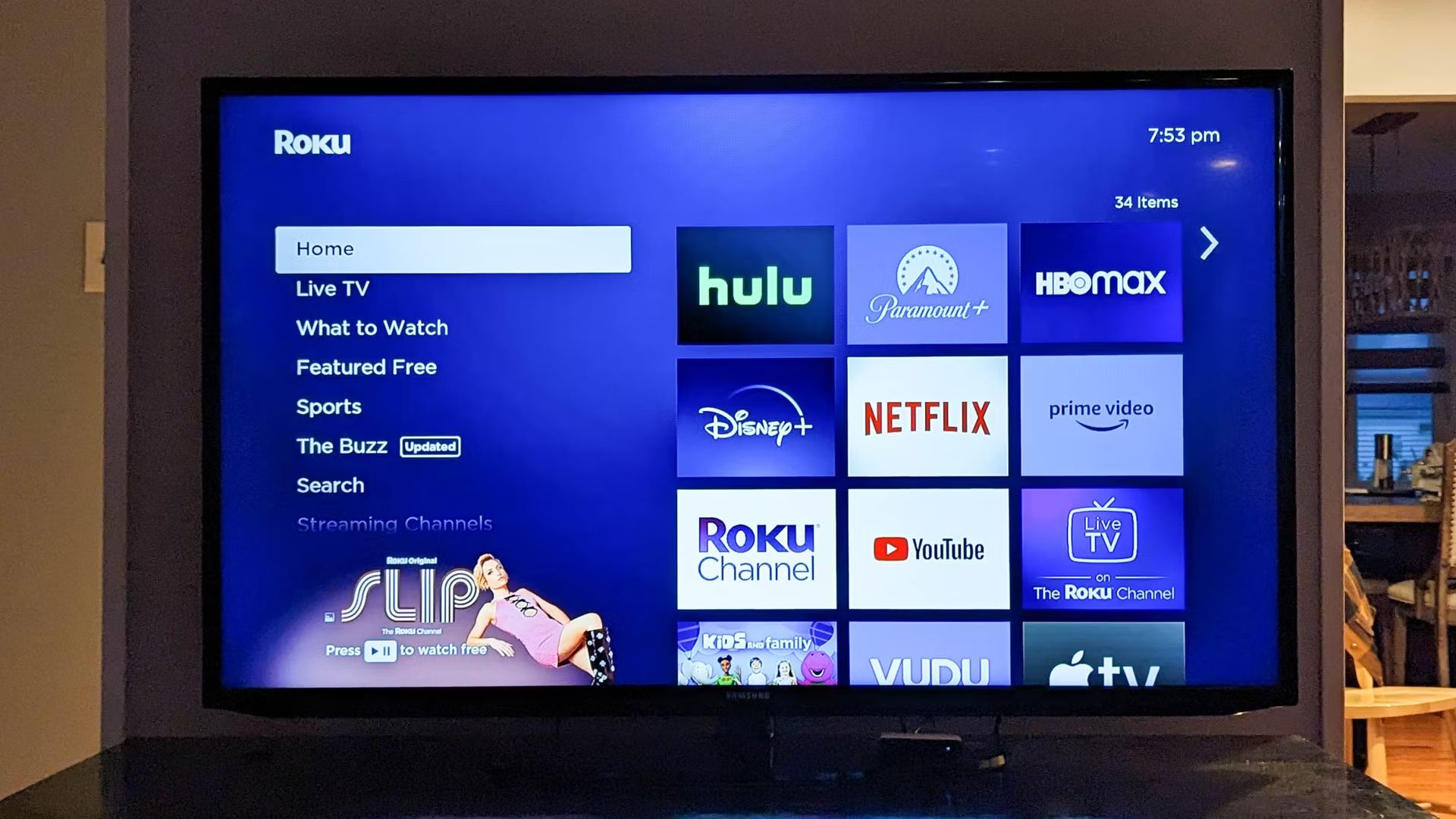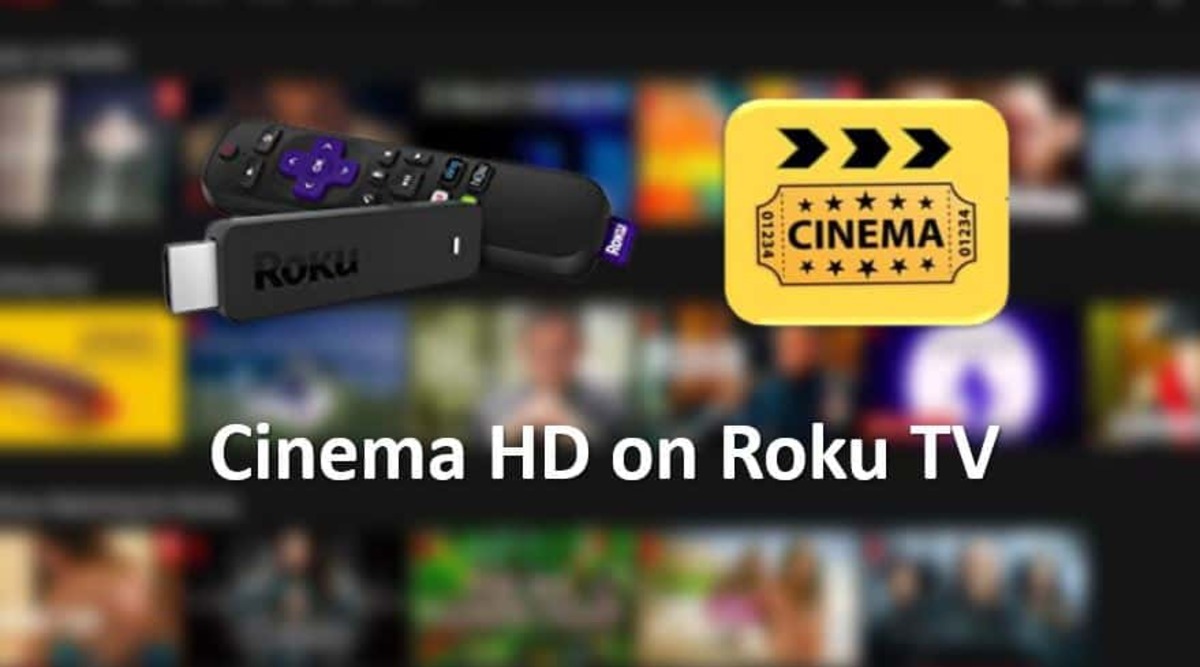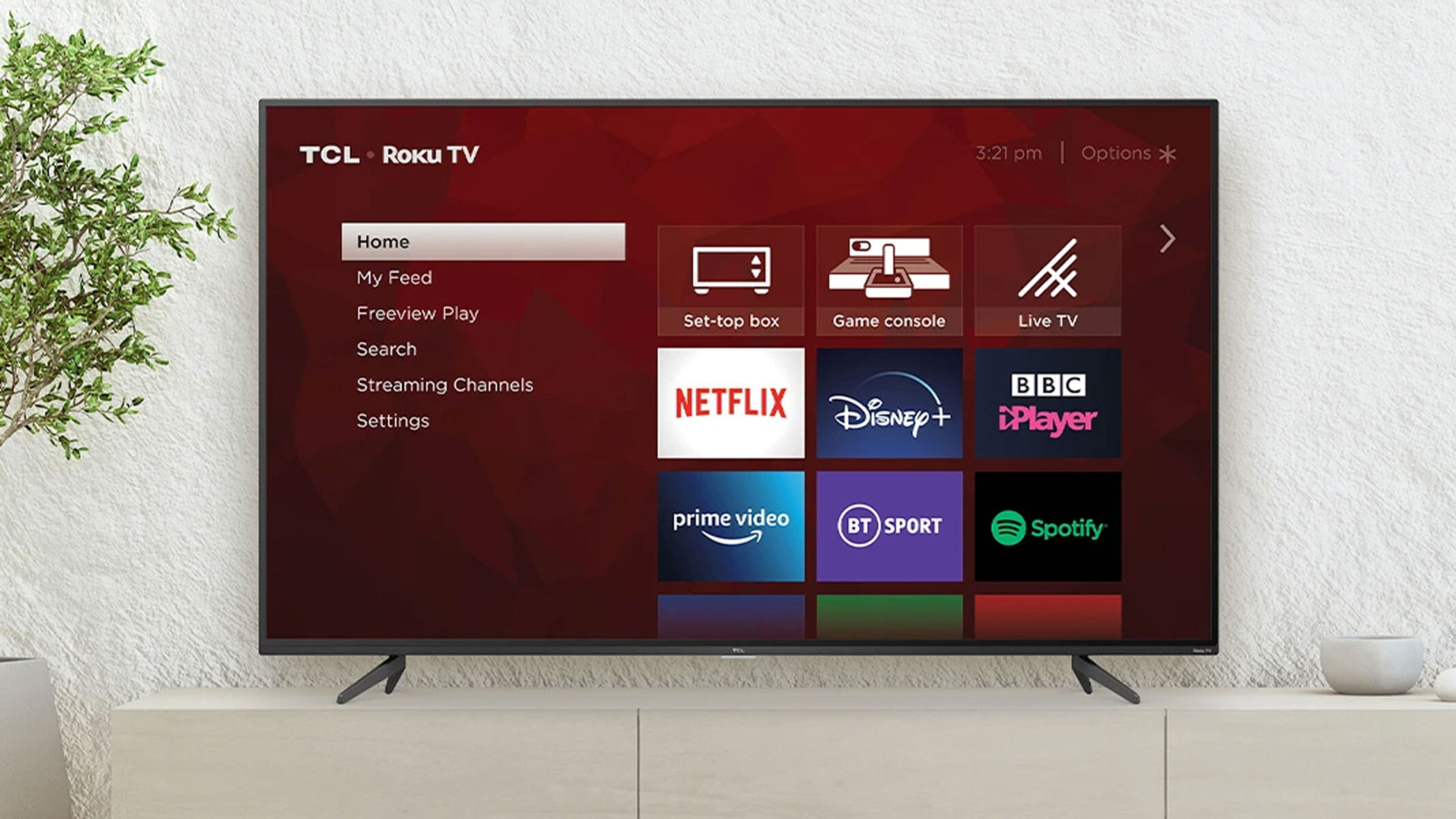Introduction
Screen mirroring is a valuable feature that allows you to display the contents of your Android device on a larger screen, such as your television. Roku, one of the leading streaming platforms, offers screen mirroring capabilities, enabling you to cast your Android device’s screen onto your Roku device seamlessly.
Screen mirroring is exceptionally useful for various purposes, whether you want to share photos and videos with family and friends, stream online content on a bigger screen, or simply enjoy a more immersive gaming experience. With Roku’s screen mirroring feature, you can easily enjoy the benefits of a bigger display without the need for any additional devices.
In this article, we will guide you through the step-by-step process of setting up and using screen mirroring on Roku with your Android device. Whether you own a Roku Express, Roku Streaming Stick, or any other Roku device, you can follow these instructions to start screen mirroring in no time.
By the end of this guide, you will be able to effortlessly mirror your Android device’s screen onto your Roku device, allowing you to enjoy your favorite content on a larger, more immersive display.
How to Set Up Screen Mirroring on Roku
If you want to enjoy the benefits of screen mirroring on your Roku device, follow these simple steps to get started:
- Step 1: Enable Screen Mirroring on Roku
- Step 2: Connect Android Device to Roku
- Step 3: Mirror Android Screen to Roku
The first thing you need to do is enable the screen mirroring feature on your Roku device. To do this, navigate to the Roku’s Home screen and go to the “Settings” menu. From there, select “System” and then “Screen Mirroring.” Ensure that the screen mirroring option is set to “Enabled.”
Next, you’ll need to connect your Android device to your Roku device. Make sure both devices are connected to the same Wi-Fi network. On your Android device, go to the settings menu and select “Connected devices” or “Wireless display.” Tap on the “Roku” option from the list of available devices. This will establish a connection between your Android device and your Roku device.
Once your Android device is connected to your Roku device, you can start mirroring your screen. To do this, swipe down from the top of your Android device’s screen to open the notification panel. Look for the “Screen Mirroring” or “Cast” icon and tap on it. Select your Roku device from the list of available devices. Your Android device’s screen should now be mirrored on your Roku device.
That’s it! You have successfully set up screen mirroring on your Roku device, and you can now enjoy your Android device’s content on a bigger screen.
Note: The steps to enable screen mirroring and connect to Roku may vary slightly depending on your Android device’s make and model. Ensure that both your Android device and Roku device are running the latest firmware for the best compatibility.
Step 1: Enable Screen Mirroring on Roku
The first step in screen mirroring on Roku is to enable the screen mirroring feature on your Roku device. This will allow your device to receive and display the content from your Android device.
To begin, navigate to the Roku’s Home screen by pressing the Home button on your Roku remote. From there, use the arrow keys to highlight and select the “Settings” option. Within the Settings menu, scroll down and select “System.”
Within the System menu, locate and select the “Screen Mirroring” option. You may need to scroll down or navigate to a different page to find it. Once selected, you will see the screen mirroring settings.
Ensure that the screen mirroring option is set to “Enabled.” If it is not already enabled, select the option and toggle it on. This will activate the screen mirroring feature on your Roku device.
Once enabled, your Roku device will be ready to receive the screen mirroring signal from your Android device.
Note: Depending on the model of your Roku device and the version of its software, the steps to enable screen mirroring may vary slightly. However, the general process remains the same, and you should be able to find the screen mirroring settings by navigating through the Roku’s menu options.
Step 2: Connect Android Device to Roku
Once you have enabled screen mirroring on your Roku device, the next step is to connect your Android device to your Roku device. This will establish a wireless connection between the two devices, allowing you to mirror your Android screen on the Roku.
To begin, ensure that both your Android device and your Roku device are connected to the same Wi-Fi network. This is crucial for them to communicate and establish a connection.
On your Android device, open the Settings menu. The exact location and labeling of the settings may vary depending on the device manufacturer and model. Look for options such as “Connected devices,” “Cast,” or “Wireless display.”
Select the appropriate option for screen mirroring or casting. Your Android device will search for available devices to connect to. Wait for your Roku device to appear in the list of available devices.
Once your Roku device is listed, tap on it to initiate the connection. Your Android device will send a request to connect to the Roku device, and you may see a prompt on your Roku device asking for confirmation.
Accept the connection request on your Roku device. The two devices will then establish a connection, and your Android device’s screen will be mirrored on the Roku device.
Now you are ready to enjoy the content from your Android device on the larger screen provided by your Roku device.
Please note that the exact steps and menu options for connecting Android devices to Roku may vary slightly depending on the device’s manufacturer and version of its operating system. However, the general process should be similar, allowing you to establish a successful connection.
Step 3: Mirror Android Screen to Roku
After successfully connecting your Android device to your Roku device, you are now ready to mirror your Android screen onto the Roku. This will allow you to view your Android device’s content on the larger screen provided by your Roku device.
To begin screen mirroring, swipe down from the top of your Android device’s screen to open the notification panel. Look for the “Screen Mirroring” or “Cast” icon, which may appear as a rectangle with wireless signal waves or a display with an arrow pointing upwards.
Tap on the “Screen Mirroring” or “Cast” icon. A list of available devices will appear, showing your Roku device along with any other compatible devices on the same Wi-Fi network.
Tap on your Roku device to establish the screen mirroring connection. Your Android device will now start sending its screen content to the Roku device.
Depending on your Android device and its operating system, you may have additional options to control the screen mirroring settings. For example, you may be able to adjust the display resolution or enable audio mirroring.
Once the connection is established, you will see your Android device’s screen mirrored on your Roku device. This means that everything you do on your Android device, whether it’s browsing the web, watching videos, or using apps, will be displayed in real-time on your Roku device.
Enjoy streaming your favorite content, viewing photos, playing games, or using any other app on your Android device with the convenience of a larger screen provided by your Roku device.
Please note that the exact steps and menu options for screen mirroring may vary slightly depending on the version of the Android operating system on your device. However, the general process should be similar, allowing you to mirror your Android device onto your Roku successfully.
Alternative Method: Screen Mirror Android to Roku Using Screen Mirroring Apps
In addition to the built-in screen mirroring feature on Roku, there are also screen mirroring apps available that can provide an alternative method for mirroring your Android device to your Roku device. These apps offer additional features and functionalities that may enhance your screen mirroring experience.
Here is how you can use screen mirroring apps to mirror your Android screen to Roku:
- Step 1: Install a Screen Mirroring App
- Step 2: Connect Android and Roku to the Same Wi-Fi Network
- Step 3: Open the Screen Mirroring App
- Step 4: Select Your Roku Device
- Step 5: Mirror Your Android Screen
Start by installing a screen mirroring app on your Android device. There are several options available in the Google Play Store, such as “AllCast,” “Mirroring Assist,” or “Miracast Screen Sharing App.” Choose one that suits your needs and preferences, and install it on your Android device.
Make sure both your Android device and your Roku device are connected to the same Wi-Fi network. This is essential for establishing a connection between the two devices.
Launch the screen mirroring app on your Android device. Follow the on-screen instructions to set up and configure the app.
Once the app is set up, it will scan for available devices to connect to. Tap on your Roku device from the list of detected devices. The app will establish a connection between your Android device and your Roku device.
After the connection is established, you can start mirroring your Android screen to your Roku device. Use the controls within the screen mirroring app to navigate and interact with your Android device’s screen, which will be displayed on your Roku device.
Using a screen mirroring app can offer additional features, such as capturing screenshots, recording the screen, or streaming content from various sources. These apps can provide a more customized and versatile screen mirroring experience, depending on your preferences and requirements.
Note: The availability and functionality of screen mirroring apps may vary, and not all apps may be compatible with your Android device or Roku device. Make sure to choose a reputable and reliable app from the Google Play Store and ensure that it supports your specific device.
Troubleshooting Common Issues with Screen Mirroring
While screen mirroring can be a convenient way to enjoy your Android device’s content on a larger screen through Roku, it’s not uncommon to encounter some issues along the way. Here are some common problems that you might encounter and tips on how to troubleshoot them:
- No Screen Mirroring Option on Roku: If you don’t see the screen mirroring option in the settings menu of your Roku device, make sure that your Roku model supports screen mirroring. Not all Roku devices have this feature, so check the compatibility of your device beforehand.
- Slow or Laggy Screen Mirroring: If you experience delays or lag during screen mirroring, it could be due to a weak Wi-Fi connection or network congestion. To alleviate this, move closer to the Wi-Fi router or consider upgrading your internet speed. Closing unnecessary apps on your Android device can also help improve performance.
- Connection Drops or Disconnects: If your screen mirroring connection frequently drops or disconnects, ensure that both your Android device and Roku device are connected to the same Wi-Fi network. Additionally, check for any interference from nearby devices that can disrupt the signal. Restarting both devices and ensuring that they’re running the latest firmware can also help resolve connectivity issues.
- Incompatibility between Android Device and Roku: In some cases, certain Android devices may not be fully compatible with Roku’s screen mirroring feature. If you’re experiencing compatibility issues, consider using a screen mirroring app instead, as these apps often provide broader device support.
- Poor Picture or Audio Quality: If the quality of the mirrored screen or audio is poor, check the display settings on your Roku device and adjust them accordingly. It’s also advisable to check the display settings on your Android device to ensure optimal output. If the issue persists, try restarting both devices and ensure they’re updated to the latest software versions.
Remember, troubleshooting steps can vary depending on your specific devices and software versions. If the above tips don’t resolve your issues, consult the instructions in your device manuals or refer to the support pages of Roku and your Android device’s manufacturer for further assistance.
It’s worth noting that screen mirroring performance can be influenced by various factors such as device capabilities, network conditions, and software updates. Patience and persistence may be required to overcome any obstacles encountered during the screen mirroring process.
Conclusion
Screen mirroring is a fantastic feature that allows you to enjoy your Android device’s content on a bigger screen using your Roku device. By following the step-by-step instructions provided in this guide, you can easily set up and use screen mirroring on your Roku device.
We started by enabling screen mirroring on Roku, ensuring that the feature is activated. Then, we connected our Android device to the Roku device by making sure both devices are connected to the same Wi-Fi network and using the screen mirroring or cast option in the Android settings menu.
Once the connection was established, we were able to mirror the Android device’s screen to the Roku device, allowing us to enjoy videos, photos, games, and more on a larger screen.
Additionally, we explored an alternative method of using screen mirroring apps to further enhance the screen mirroring experience, providing additional features and customization options.
Lastly, we discussed some common issues encountered during screen mirroring and shared troubleshooting tips to help resolve them.
With screen mirroring, you can take advantage of the versatility and convenience of viewing your favorite content from your Android device on a bigger screen through your Roku device.
Remember to ensure your devices are updated to the latest firmware versions, use a stable Wi-Fi connection, and follow the troubleshooting steps if you encounter any issues.
So, go ahead and enjoy the seamless screen mirroring experience with Roku and unlock a whole new level of entertainment possibilities!







